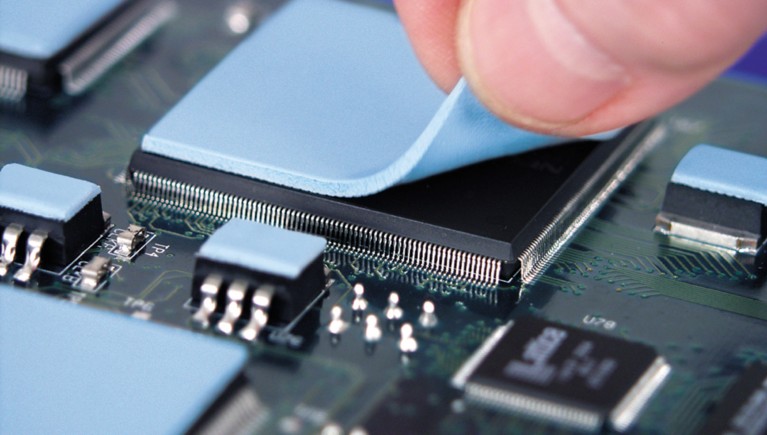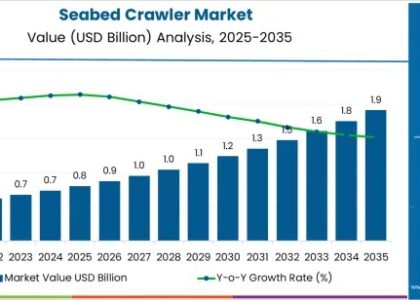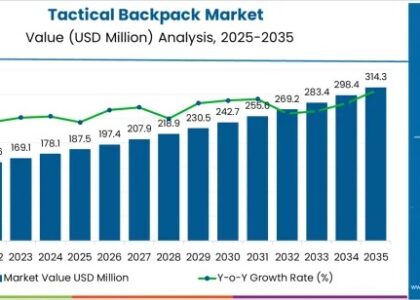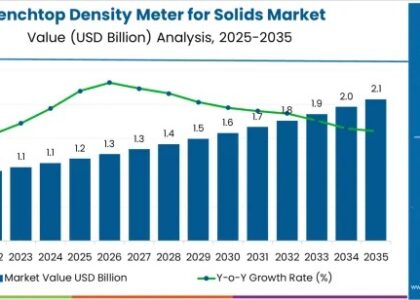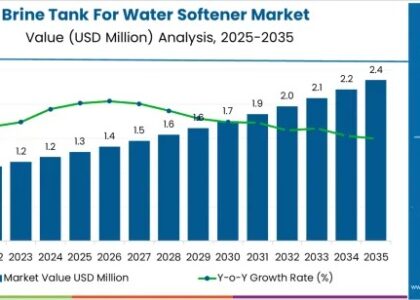The Thermal Interface Pads and Materials Market report, unveiled by Future Market Insights—an ESOMAR Certified Market Research and Consulting Firm—presents invaluable insights and meticulous analysis of the Thermal Interface Pads and Materials market. Encompassing the research’s scope and essence, this report scrupulously examines the driving factors, market size, and predictive data for Thermal Interface Pads and Materials. It furnishes intricate revenue and shipment segmentations, accompanied by a decade-long projection up to 2033. Additionally, the document evaluates key industry players, their market distribution, the competitive scenario, and regional perspectives.
According to the latest projections from FMI (Future Market Insights), the thermal interface pads and materials sector is positioned for significant growth, with anticipated revenue reaching USD 3.4 billion by the year 2033, up from USD 1.6 billion in 2023. This trajectory reflects a notable growth rate of 7.5% over the specified period.
The recent trends in the thermal interface pads and materials industry indicate a rising demand for effective heat dissipation solutions across various industrial sectors. This trend is primarily fueled by the persistent need for enhanced thermal management in diverse applications, underscoring the market’s increasing importance in facilitating optimized heat transfer and dissipation mechanisms.
In the realm of thermal management, specialized materials play a pivotal role in facilitating enhanced heat transfer between components, mitigating interfacial resistance, and ensuring the optimal functionality of electronic devices. Given the rapid pace of technological advancement and the imperative for increased efficiency, the market for thermal interface pads and materials is positioned for substantial expansion in the foreseeable future.
In today’s dynamic landscape, electronic devices are evolving to become more compact, powerful, and thermally demanding. Consequently, there is a notable surge in demand for effective thermal management solutions. This heightened demand is particularly evident in burgeoning industries such as computing, telecommunications, automotive, aerospace, and LED displays, where the necessity for thermal interface pads and materials is anticipated to experience significant growth.
The market momentum is fueled by a continuous influx of technological breakthroughs and innovative strides. Industry stakeholders are allocating substantial resources to research and development endeavors aimed at introducing new materials and formulations that promise improved thermal conductivity, reduced interfacial resistance, and enhanced durability.
Of particular note is the growing prominence of nanomaterials, especially graphene-based thermal pads, owing to their exceptional thermal conductivity properties. Additionally, the introduction of phase-change materials (PCMs) and advanced adhesive technologies has significantly broadened the applicability spectrum of thermal interface pads and materials.
However, the market encounters challenges that necessitate focused attention to sustain growth and maximize potential. With applications spanning various sectors, including computing, telecommunications, automotive, aerospace, and LED displays, the development of materials compatible with diverse temperature ranges, pressures, and environmental conditions presents a significant challenge. Ensuring these materials consistently deliver optimal performance and reliable operation across a range of conditions is crucial.
Another key obstacle is the imperative to reduce interfacial resistance between mating surfaces. Despite the utilization of thermal interface pads and materials, microscopic imperfections or air gaps can impede efficient heat transfer. Consequently, the development of materials that conform well to irregular surfaces, bridge gaps, and minimize interfacial resistance is essential for enhancing the effectiveness of thermal management strategies.
Key Takeaways:
- The market value for thermal interface pads and materials reached USD 1.49 billion in 2022 with a CAGR of 8.4% from 2018 to 2022.
- The United States likely is expected to represent a USD 530.4 million market size by 2033.
- The United Kingdom thermal interface pads and materials industry accounts for about USD 86.9 million by 2033.
- The market for thermal interface pads and materials in China is projected to advance at 9.0% CAGR during the forecast period.
- By application, the power supply units sub-segment is projected to move ahead with a 7.2% CAGR.
How is the Competition in the Market for Thermal Interface Pads and Materials Structured?
The thermal interface pads and materials market is characterized by intense competition among several prominent players vying to establish a substantial market presence. Leading companies in this sector, including Laird Technologies, Dow Corning, Henkel AG, 3M, Honeywell International Inc., and Parker Hannifin Corporation, prioritize investments in research and development, innovation, and strategic partnerships to bolster their competitive positions.
These companies offer an extensive array of thermal interface pads and materials tailored to various industries such as electronics, automotive, aerospace, and telecommunications. Competition in this market is primarily driven by factors such as product performance, reliability, pricing, and customer support. Moreover, advancements in technology and product innovation are pivotal in attaining a competitive advantage within the industry.
By Type:
- Thermal Grease
- Phase Change Material
- Thermal Pads
- Others
By Product:
- Thyristor
- IGBT
- Mofset
- Power Transistors
By Application:
- Consumer Electronics
- Telecom Equipment
- Power Supply Units
- Others
By Region:
- North America
- Latin America
- Europe
- Asia Pacific
- Middle East and Africa
About Future Market Insights (FMI)
Future Market Insights, Inc. (ESOMAR certified, recipient of the Stevie Award, and a member of the Greater New York Chamber of Commerce) offers profound insights into the driving factors that are boosting demand in the market. FMI stands as the leading global provider of market intelligence, advisory services, consulting, and events for the Packaging, Food and Beverage, Consumer Technology, Healthcare, Industrial, and Chemicals markets. With a vast team of over 400 analysts worldwide, FMI provides global, regional, and local expertise on diverse domains and industry trends across more than 110 countries.
Join us as we commemorate 10 years of delivering trusted market insights. Reflecting on a decade of achievements, we continue to lead with integrity, innovation, and expertise.
Contact Us:
Future Market Insights Inc.
Christiana Corporate, 200 Continental Drive,
Suite 401, Newark, Delaware – 19713, USA
T: +1-347-918-3531
For Sales Enquiries: sales@futuremarketinsights.com
Website: https://www.futuremarketinsights.com
LinkedIn| Twitter| Blogs | YouTube


